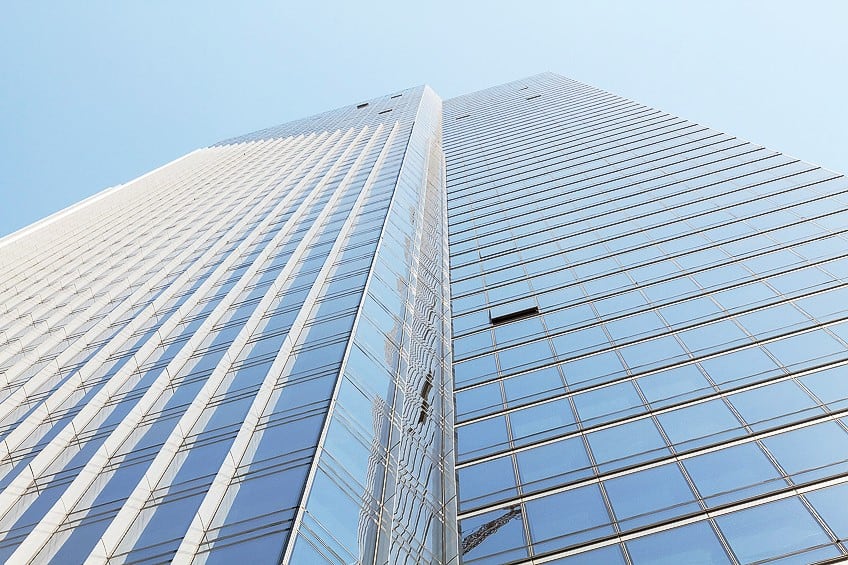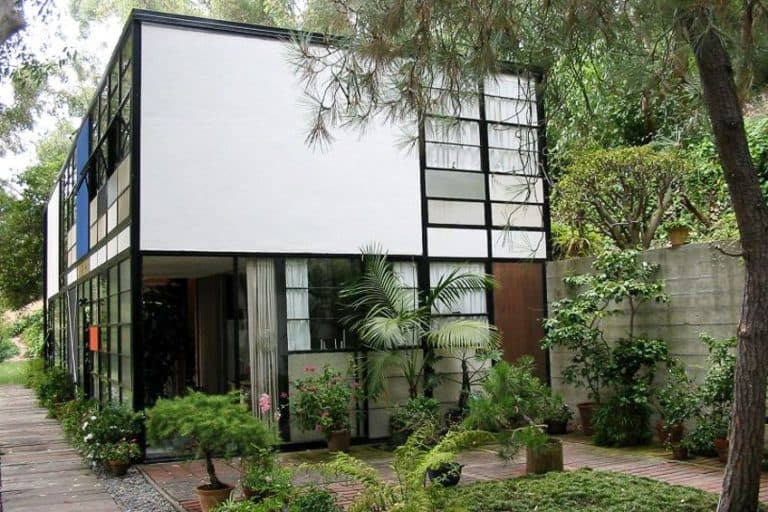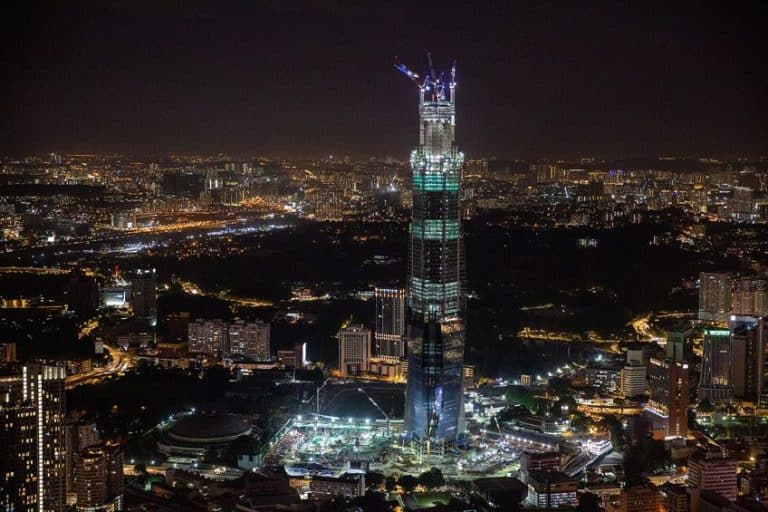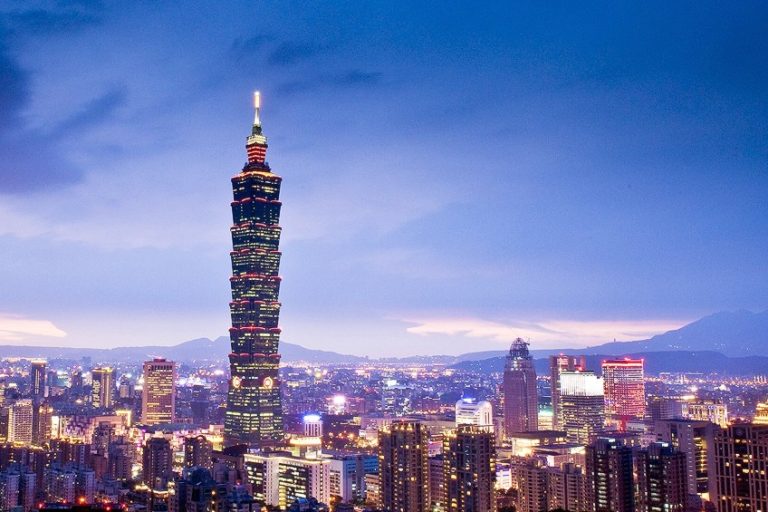Millennium Tower San Francisco – A Towering Ambition
Where is the Millennium Tower located and is the Millennium Tower leaning? The Millennium building is a mixed-use structure located in San Francisco’s downtown area in the South of Market area. The Millennium Tower in San Francisco is the largest concrete building in the entire city. To learn more about the Millennium Tower’s architecture and history, continue reading below.
The Incredible Millennium Tower in San Francisco
| Architect | Gary Handel (1955 – Present) |
| Date Completed | 2009 |
| Height (meters) | 197 |
| Function | Mixed-use |
| Location | San Francisco, California, United States |

Although its height is rather impressive, the Millennium building is not without its issues, and in 2016, residents were told that it was beginning to sink, as well as tilt. The Millennium Tower leaning was not taken lightly and the news was followed by many lawsuits from buyers who were concerned that the units were sold after the owners knew about the issue. Modifications have since been made to the Millennium Tower’s architecture to prevent it from sinking further.
History of the Millennium Tower in San Francisco
The development was initially planned by Millennium Partners in 2002 and included 136 “extended stay” hotel units, 163 residences, and 108 rental units. The San Francisco planning commission authorized the project in 2003, and construction on it started in 2005. The Millennium building was the first high-rise to be built in downtown San Francisco in 20 years.
The city’s Department of Building Inspections previously rejected a 52-floor skyscraper by Jack Myers that would also have been built in a similar manner at nearby 80 Natoma after an external peer review.
The Millennium Tower in San Francisco underwent no such examination since Millennium Partners refused to consent to a peer review, which may have stalled construction by years. The geotechnical engineer for the abandoned project at 80 Natoma, Treadwell & Rollo, would serve the same role for the Millennium building.
Description of the Millennium Building
When it was constructed, it was also the highest residential structure west of the Mississippi River; however, The Austonian in Texas eventually surpassed it. The Millennium skyscraper is thin, with 1,300 m2 of floor area on each story. In addition to the 58-floor tower, there is also a 38-meter tower on the complex’s northeastern side, and a 13-meter-high, two-story glass atrium connects the two buildings.
The apartments are very pricey; in December 2016, a penthouse unit sold for $13 million. The lowest 25 levels of the central tower are known as the Residences, whereas floors 26 and up are known as the Grand Residences.
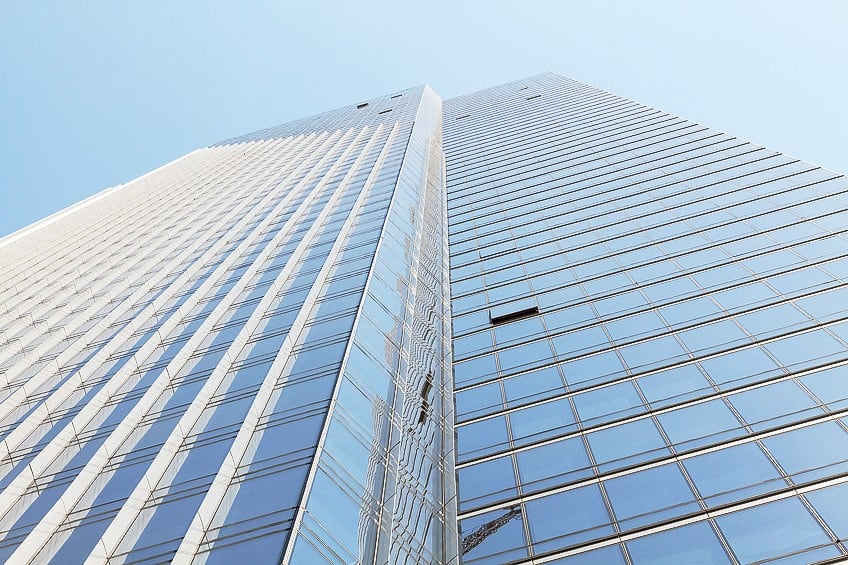
Due to superstitious reasons, there is no 13th story, as is typical in many high-rises, and there is also no 44th story, though, because many Asians regard the number four to be unlucky. Fundamentally, the Millennium Tower’s architecture is meant to resemble a transparent crystal, and it serves as a symbol for the Transbay Redevelopment and San Francisco’s southern skyline.
The International Smoke restaurant and bar, situated on the ground level of the tower, is also a notable part of the Millennium building.
The Problem of the Millennium Tower Leaning and Sinking
The community was warned of the concern in 2016 after developers reportedly acknowledged in 2015 that the skyscraper was tilting and sinking. The main tower’s geotechnical foundation was designed by Treadwell & Rollo and comprises a concrete slab supported by 18 to 27-meter-deep friction piles driven through fill and mud and embedded in dense Colma sand. Several other structures in the neighborhood of 301 Mission Street have utilized comparable methods, however, some have driven piles straight into the bedrock 61 meters below due to varied ground conditions.
A 2016 inspection discovered that the tower had sunk 41 cm, tilted by 5.1 cm at the base and around 15 cm at the summit of the structure.
The structure is tilting to the northwest, which has created fissures in the foundation and the adjoining pavement. In 2018, the sinking had grown to 46 cm, with a 36 cm lean, and measurements from the roof in 2022 reveal that the tilt has grown to 71 cm. The Transbay Joint Powers Authority, which built the nearby Transbay Transit Center, is to blame for the sinking issues, according to the developer.

According to assessments, the structure was sinking before TTC construction had even gotten off the ground, and they said it had settled by 25 centimeters by that time already. The city of San Francisco launched a lawsuit against the developer in 2016, saying that they intentionally withheld the issues regarding the building tilting and sinking from potential buyers. Millennium Partners then recruited Sage Engineers to conduct an engineering assessment on the issue.
A city examination in 2017 determined that the structure was still safe to occupy, despite the deterioration of the foundations and electrical system. Residents in early September 2018 reported hearing a series of loud creaking sounds.
This was followed by further reports of a popping sound. The next day, a tenant in a corner apartment on the 36th story found a broken window. There is fear that the break was a sign of a much wider structural decline given that the glass used in the tower’s windows and the facade is certified to endure hurricane-force winds.
Solutions for the Millennium Tower Leaning
The senior engineer said in a press statement on the 4th of December, 2018, that the Millennium Tower’s leaning and sinking issue had been finally addressed by proposing to underpin the structure. Installing 52 piles along the northern and western sides of the building beneath the pavement, tying them to the original 27-meter-deep foundation piles, would be the solution. These piles will extend 76 meters into the bedrock of downtown San Francisco. The remaining southern and eastern parts of the tower will then be rooted to the bedrock, completely resolving the sinking and tilting issues.
It is projected that over the course of 10 years, about half of the tilt will be straightened out as the eastern and southern faces come back into balance with the now submerged Western and Northern sides.
The $100 million perimeter pile improvement repair project started in November 2020, with 52 pilings intended to be lowered to bedrock. To prevent future sinking, these pilings would be connected to the current foundation. Following the catastrophic collapse in June 2021 of Champlain Towers South in Surfside, Florida, the Millennium building’s tilting issue received increased attention. After monitoring revealed that the structure had surprisingly sunk an extra inch on the Fremont Street side after more than half of the piles were already set, the repair work was put on hold in August 2021.
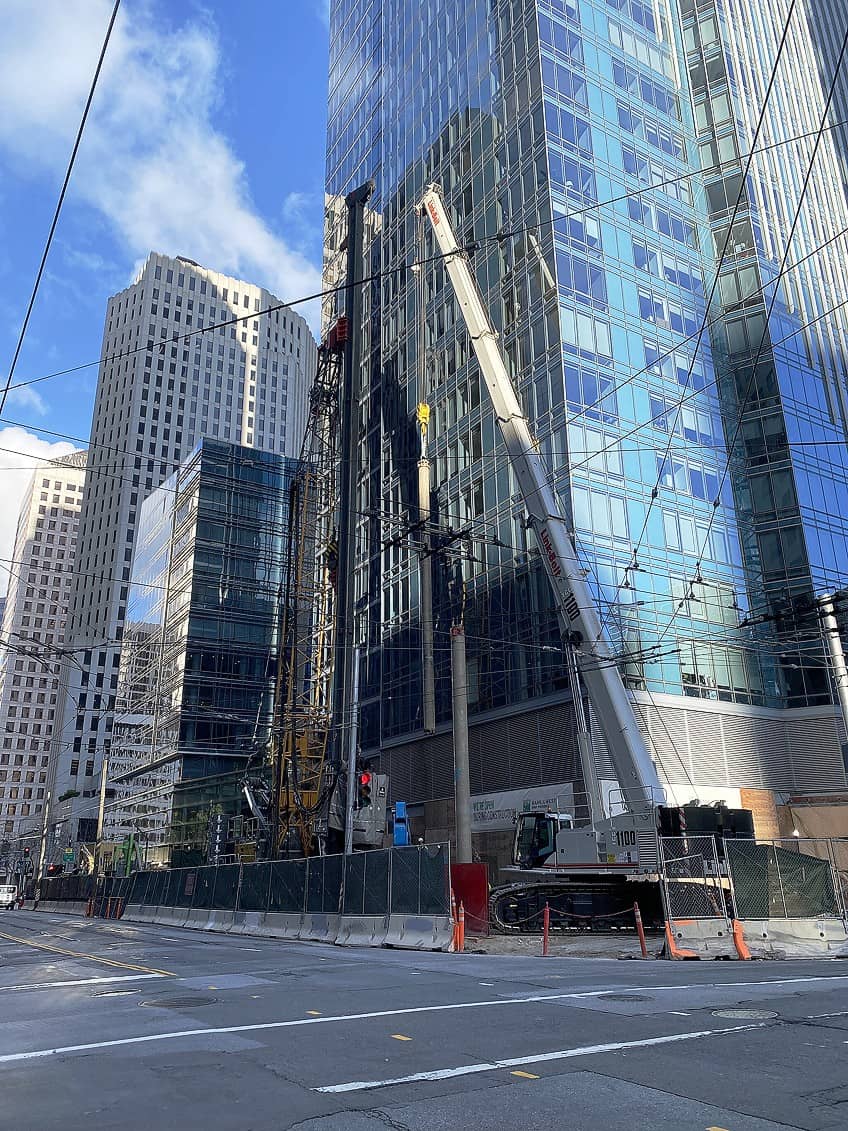
On the 58th story, the one-inch dip corresponds to an additional 5 inches of lean. San Francisco city officials instructed Millennium Tower management to postpone construction until the city reviewed an amended construction strategy on the 10th of September, 2021. Hamburger also observed in February 2022 that the skyscraper had shifted one inch away from a neighboring structure hosting the parking garage.
Although correcting the movement would allow one of the parking garage elevators to operate, this separation does not present a structural safety threat and is unlikely to get worse while repairs are being made.
Structure officials in San Francisco consented to a scaled-down plan in August 2022, allowing engineers to complete the work required to maintain one corner of the Millennium building. The high-rise will be anchored to the ground on Fremont and Mission streets, where it tilts the greatest, using just 18 piles as opposed to the planned 52. The modification was supposed to be finished under the scaled-back plan by the end of 2022.
The Man Who Scaled the Millennium Building
Believe it or not, there are some people who get a thrill from scaling the facades of exceptionally large towers, such as the Millennium Tower in San Francisco. Although one would think that such a feat would only occur in the pages of a comic book like Spiderman, it was actually a person by the name of Spider Dan who pulled off the daring stunt in 2010. San Francisco police apprehended a man on the 6th of September 2010 after he ascended the outside of a 58-story downtown building and hoisted an American flag at the summit.
They soon realized the man was seasoned skyscraper climber Spider Dan, or Dan Goodwin, 54, of Lake Tahoe, whose past climbing achievements include Chicago’s Sears Tower.
Goodwin scaled Millennium Tower using suction cups rather than ropes. According to authorities, he disregarded commands to stop climbing. According to the San Francisco Fire Department, he was too high to access by the time firemen got to the Millennium building. Three hours after he started, shortly before 5:30 p.m., Goodwin reached the summit.
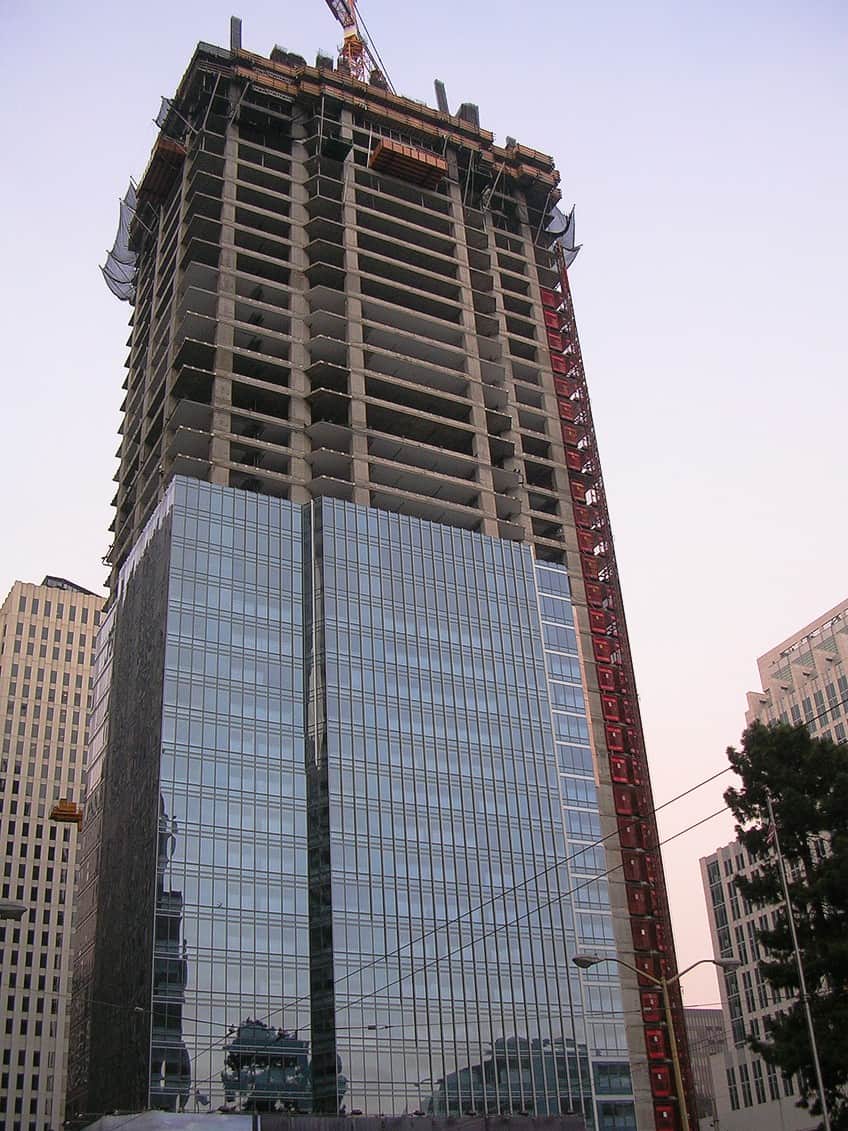
Before turning himself in to the police who were waiting, he attached an American flag to the tower. Goodwin claimed in a message on his website that he scaled the Millennium Tower in San Francisco to draw attention to skyscrapers’ persistent vulnerability to terrorist threats. He also stated his desire to motivate cancer victims, which he claims he overcame in order to keep on climbing.
No mention is made of whether any legal action was taken against him.
Inside the Millennium Tower in San Francisco
What is life like for those who stay inside the Millennium building? The interior of the Millennium building is very elegant. Every finish, fixture, and furnishing in the public rooms of the Millennium Tower in San Francisco has been carefully chosen to create a sophisticated and aesthetically engaging ambiance. When one walks off the street, one joins a world where luxury is expected. They’ve thought of everything, from a wine cellar to a private theater to an outside patio with a waterfall and fireplace.
As a resident of Millennium Tower San Francisco, one has access to first-rate amenities, one-of-a-kind experiences, and an urban oasis, since this entire building feels like home.
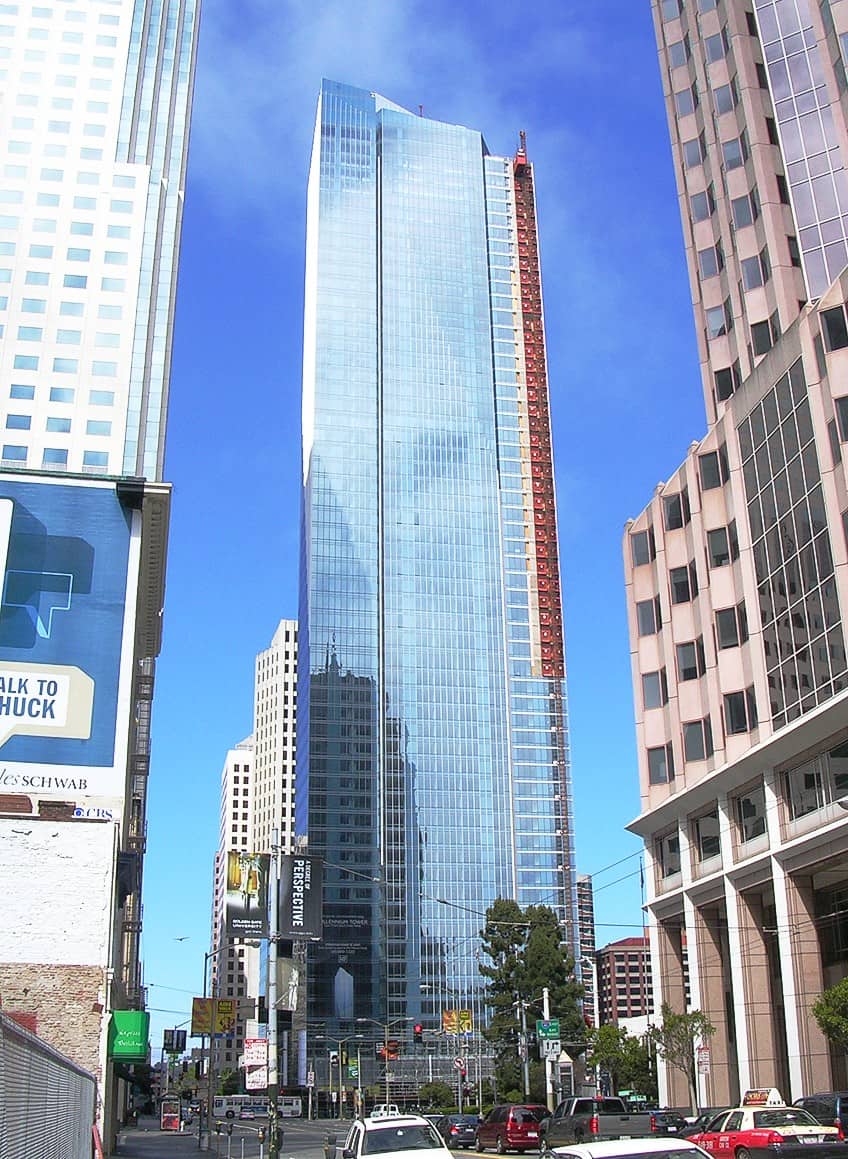
The twice-weekly, instructor-led Yoga and Pilates programs help them gain flexibility and strength without ever leaving the building. Or, they can unwind in the private massage area that offers reflexology, shiatsu, deep tissue, and hot stone massages. The Private Dining Room provides residents with a simple yet beautiful entertaining alternative. They can choose from the International Smoke menu to create a dinner that will impress their visitors. Honestly, despite the issues with the sinking and leaning, it sounds like an exceptionally awesome place to stay! However, one can imagine that it cannot be cheap to live in such luxury.
That concludes this look at the Millennium Tower’s architecture and history. While being an impressively large building, and boasting incredible amenities, the Millennium Tower in San Francisco has certainly endured its fair share of problems through the years. While a leaning tower might work well as a tourist destination, it is not exactly ideal for a residence! Shockingly, it is possible that the developer was aware of the issues with the building yet continued to sell units anyway! Luckily, plans have been taken to correct the leaning, as well as the further sinking.
Frequently Asked Questions
Where Is the Millennium Tower Located?
The impressive Millennium building is situated in downtown San Francisco. At the time of its erection, it was the first skyscraper to be built in the area in more than 20 years! It would end up being the largest concrete building in the city, as well as the city’s 4th largest building overall, yet, it did not come without problems. It would eventually begin to tilt and sink over time, eventually requiring repair work to fix the issue.
What Is the Millennium Building Used For?
The Millennium Tower in San Francisco is classified as a mixed-use building. However, it is mostly used as a residence. These are not cheap apartments though, and in 2016, one of the penthouses sold for $13 million! However, the Millennium building offers its residents many enticing amenities that could potentially make moving there worth the price, such as private massage rooms, yoga lessons, top-class eateries, and much more. There is even a private theater, as well as a wine cellar. There is also a private dining room exclusively for the Millennium building’s residents.
Justin van Huyssteen is a freelance writer, novelist, and academic originally from Cape Town, South Africa. At present, he has a bachelor’s degree in English and literary theory and an honor’s degree in literary theory. He is currently working towards his master’s degree in literary theory with a focus on animal studies, critical theory, and semiotics within literature. As a novelist and freelancer, he often writes under the pen name L.C. Lupus.
Justin’s preferred literary movements include modern and postmodern literature with literary fiction and genre fiction like sci-fi, post-apocalyptic, and horror being of particular interest. His academia extends to his interest in prose and narratology. He enjoys analyzing a variety of mediums through a literary lens, such as graphic novels, film, and video games.
Justin is working for artincontext.org as an author and content writer since 2022. He is responsible for all blog posts about architecture, literature and poetry.
Learn more about Justin van Huyssteen and the Art in Context Team.
Cite this Article
Justin, van Huyssteen, “Millennium Tower San Francisco – A Towering Ambition.” Art in Context. August 31, 2023. URL: https://artincontext.org/millennium-tower-san-francisco/
van Huyssteen, J. (2023, 31 August). Millennium Tower San Francisco – A Towering Ambition. Art in Context. https://artincontext.org/millennium-tower-san-francisco/
van Huyssteen, Justin. “Millennium Tower San Francisco – A Towering Ambition.” Art in Context, August 31, 2023. https://artincontext.org/millennium-tower-san-francisco/.


